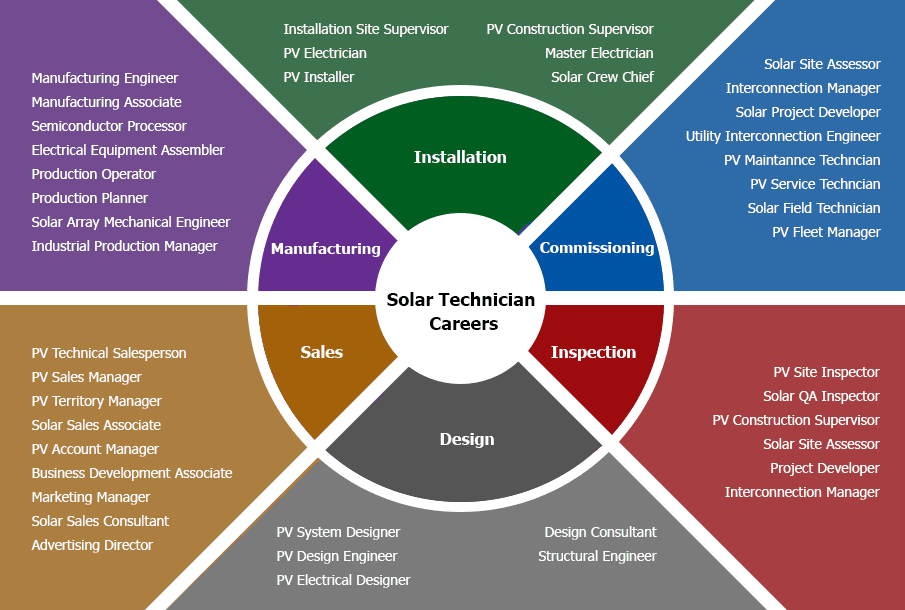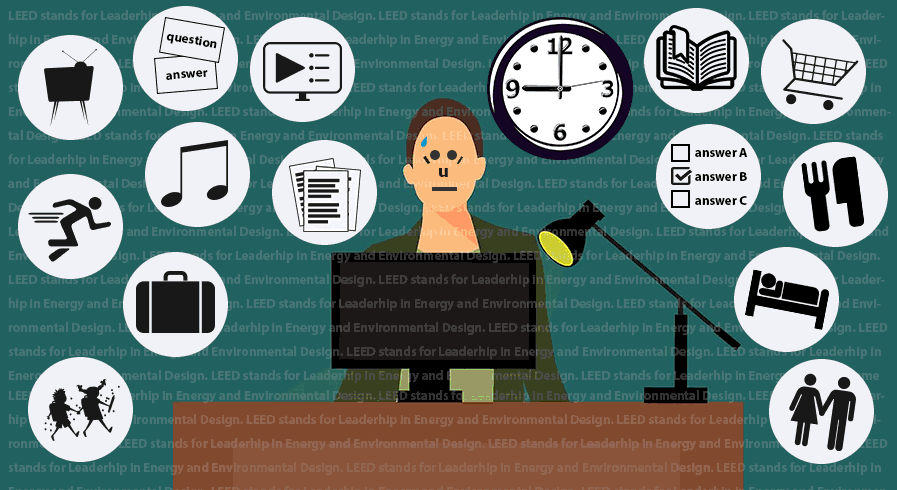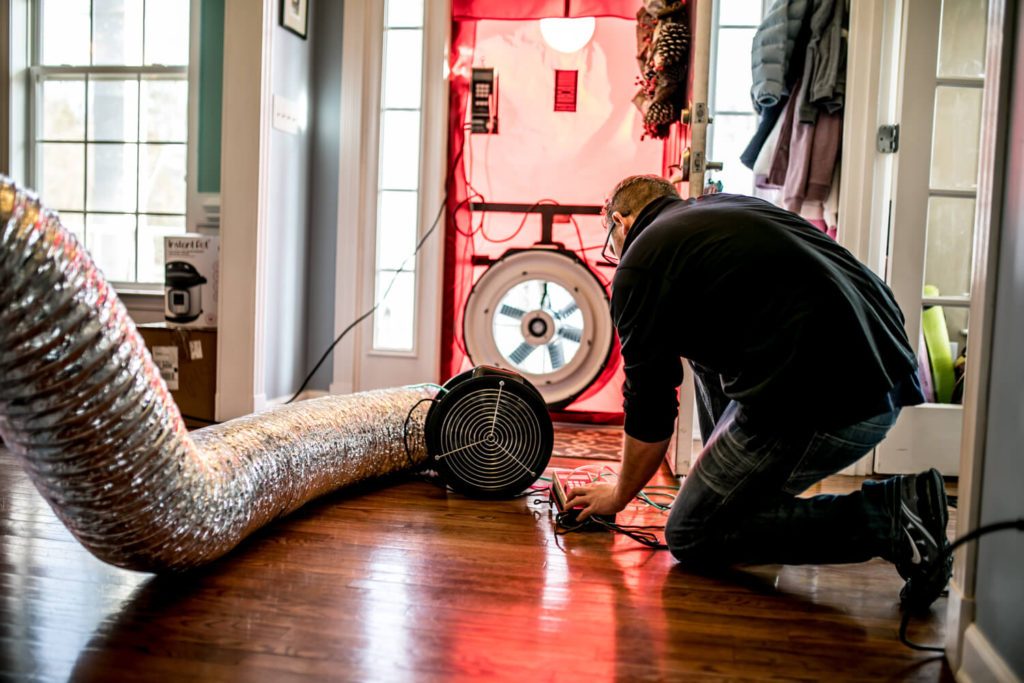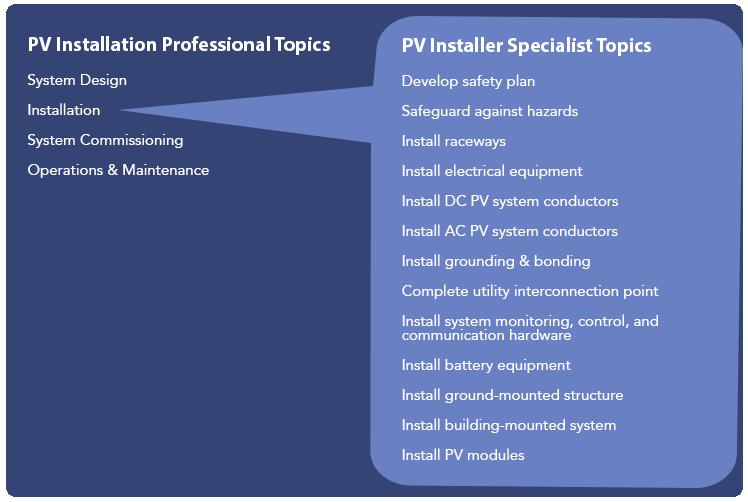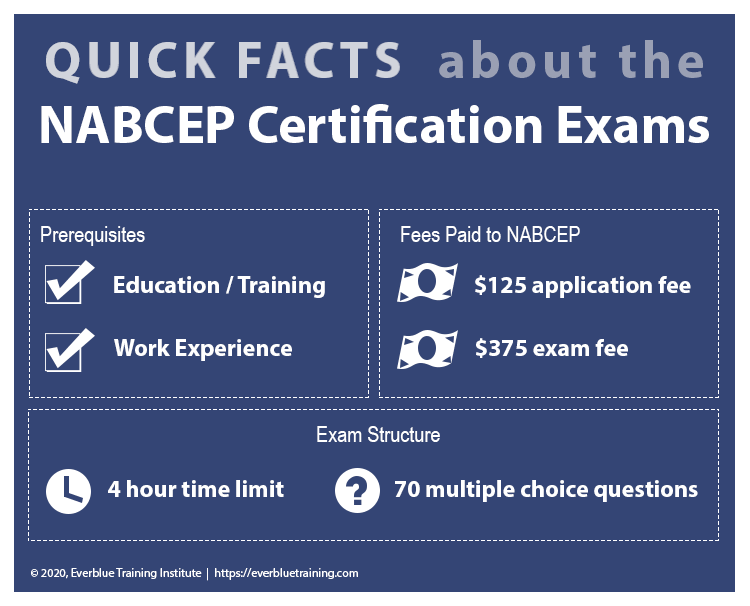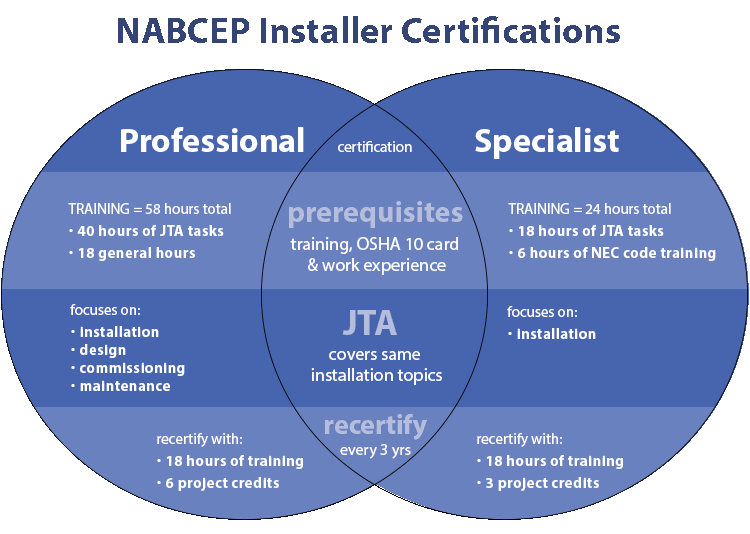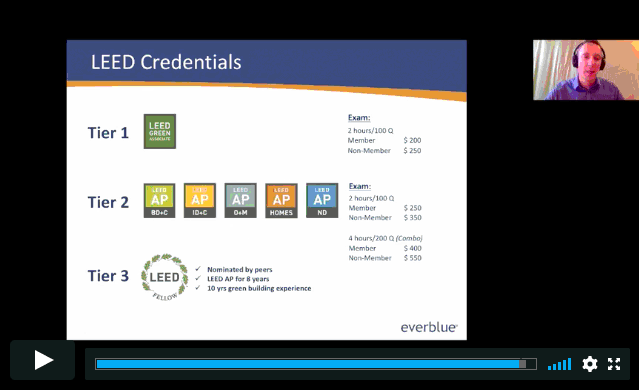No products in the cart.
Pros & Cons of the LEED AP Combined Exam Format
The U.S. Green Building Council (USGBC) manages the LEED exam registration process. After you create a free account with USGBC, you can then purchase your LEED exam(s). They offer several options, so read closely. You can register for the LEED Green Associate exam, the LEED AP specialty exam, or the LEED AP combined exam.
Before we get into the pros & cons of the LEED AP combined exam format, you should first understand the process of earning LEED credentials and know that there are a total of 6 possible LEED credentialing exams.
1. All candidates are required to first take and pass the LEED Green Associate exam.
2-6. After you earn the LEED Green Associate credential, you may choose to upgrade to a LEED AP with a Specialty. There are five specialty credentials (exams) available:
- LEED AP Building Design + Construction
- LEED AP Operations + Maintenance
- LEED AP Interior Design + Construction
- LEED AP Neighborhood Development
- LEED AP Homes
Each exam is comprised of 100 multiple-choice questions.
You are not required to take all six exams! However, you do have the option to bundle the exams together, which brings us to the conversation on the LEED AP combined exam.

What is the LEED AP Combined Exam?
Put simply, the LEED AP Combined Exam is literally the LEED Green Associate exam and the LEED AP specialty exam (of your choice) combined back-to-back.
Why You Might Take the LEED AP Combined Exam (Pros)
There are four key reasons why you might consider taking the LEED AP combined exam:
- Fast-track to an advanced LEED credential. If you already work in the green building industry and have a basic understanding of sustainability principles, you might want to jump straight to the LEED AP credential. Passing the LEED AP combined exam is the fastest way to get yourself to the LEED AP level. Not to mention, taking the LEED AP combined exam upfront prevents life from getting in the way. If you know that it’ll benefit your career to be a LEED AP, you should just go for it. It might be difficult to find the time to return to your studies later and to build from knowledge you acquired years ago.
- Make the best use of your time. You’ll become comfortable with the “exam prep” mindset as you study for the LEED Green Associate exam; it’s simply more efficient to stay in that mindset and prepare for the next-level exam. The concepts will still be fresh in your mind, and you’ll be able to more easily build on the entry-level Green Associate topics with the advanced topics.
- Increase your chances of passing the LEED Green Associate exam. Preparing for the LEED AP exam will make you more likely to pass the LEED Green Associate exam. For both exams, you need to study the rating systems, the credit categories, and the credits themselves. The way the exams are structured, LEED AP simply tests more depth than LEED Green Associate. So by pursuing the LEED AP combined exam, you’ll literally be going above and beyond to make sure that you fully understand the content.
- Save money! You’ll save money when you bundle courses and when you bundle exams. At Everblue, we offer a discount for taking the LEED Green Associate and LEED AP courses simultaneously. Visit our LEED Training Bundles page to get started. When you’re ready to register for the LEED exams, you’ll notice that the LEED AP combined exam will save you $50 versus taking the exams individually because you’re only having to submit one application fee to USGBC.
Why You Might NOT Take the LEED AP Combined Exam (Cons)
The LEED AP combined exam option is not for everyone. Here’s a fair warning on why you might want to take the LEED exams separately.
- You get test anxiety. If being in a timed environment freaks you out, you may not want to subject yourself to a 4-hour combined exam. The trick with the LEED AP combined exam is that you are expected to pass both parts of the exam. If you fail either part – Green Associate or AP – you walk away empty-handed. You then have to fill out a new application with USGBC to request that they honor the part of the exam that you did pass. Guess what? That’s $50, so if you end up going this route, you didn’t end up saving the $50 mentioned in the Pros section. Alternatively, you can just retake the part of the exam that you failed (which would be a new exam fee paid to USGBC).
- You work in a non-technical field of practice. That’s literally who the LEED Green Associate role was designed for. Typically, LEED APs hold leadership roles on LEED building projects and therefore have to have the depth of knowledge to complete project documentation, set goals, delegate responsibilities, etc. But if you work in an administrative or communications role that would benefit from understanding the LEED jargon, you might be satisfied with just taking and passing the LEED Green Associate exam. If your responsibilities at work change down the line, or you set your eyes on a promotion, you can always go after the LEED AP credential when you’re ready.
If you’re like me, you like to celebrate small victories. What I mean by that is, I’m quite happy to celebrate my LEED Green Associate achievement. For my role at Everblue, it’s not necessary that I become a LEED AP. So for now, I’m satisfied with being a LEED Green Associate. If I go on to take & pass the LEED AP exam, that’ll just be another thing to celebrate!
Another benefit to taking the LEED Green Associate exam on its own is the fact that we offer a Pass Guarantee. If you take the LEED Green Associate exam within 30 days of completing our LEED Green Associate Exam Prep package and fail the exam, we will pay for your exam retake. We’re encouraging you to dip your toes in the water without fear. We will be there to help you along the way and set you on the path to success.




